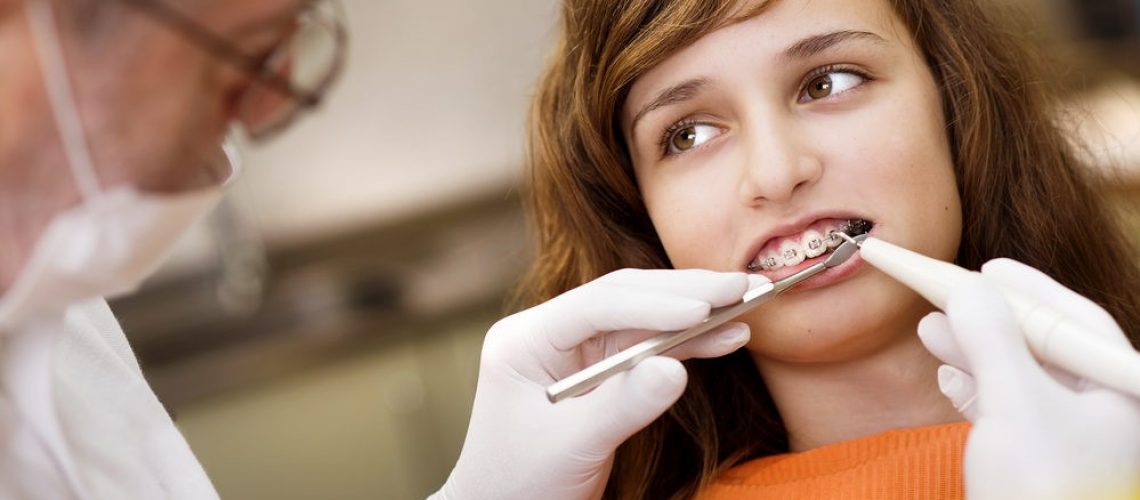Most children are born with healthy and strong teeth, but as the age progresses, they move away from proper care, hygiene and a balanced diet, which has a decisive impact on their oral health. The mouth needs a correct maintenance that is different in each individual according to their specific circumstances. This is where parents should pay special attention and see a professional to monitor whether dental growth is adequate or corrective measures must be taken. While an orthodontist can improve a smile at any age, there is an optimal period of time to start treatment. Usually, this moment is in the last stage of mixed dentition or at the beginning of permanent dentition and before the end of growth, that is, as in any aspect related to health, good prevention prevents future complications.
The American Dental Association as well as other national and international associations of orthodontists recommend that the first visit to the specialist be from 7 years, since it is from that age when the first permanent molars come out and the basic structure of the bite. The early detection of these problems allows us to plan a more effective treatment to obtain a correct masticatory function and a beautiful smile. The orthodontist should evaluate the antero-posterior (forward-backward) and transverse (width ratio) position of the teeth and jaws. For example, the way to hatch the incisors may indicate an increased overbite (deep bite), an open bite, a cross bite, crowding or gingival smile (show a lot of gum).
In addition to these, prevention provides other positive factors such as reducing the chances of having to remove dental pieces and it will also be of great help in correcting habit problems such as digital suction, which arises because the Child has a habit of sucking his finger. Another problem of habit that corrects prevention is swallowing problems in children who, when swallowing food, the tongue obstructs the gap between the teeth and does not let them reach contact and do not completely seal the lips.
As for teenagers, they are a group of patients with whom special care must be taken since they are more aware of their aesthetics. The most common problems in young people are the crowding and dental separation that are corrected with a studied orthodontic treatment. They may also have skeletal problems where the maxillary bones usually have a different size, and there is a bad fit of the dental arches that can be reflected on the face, which are corrected with a dental treatment, a treatment by which it is guided facial growth through brackets and other fixed or removable devices. Finally, more and more adults are interested in the different orthodontic processes mainly for aesthetic reasons, but the starting point is different from that of a child patient since the bones in adults no longer grow, some loss has been possible of dental pieces or even the bone that supports the teeth.

